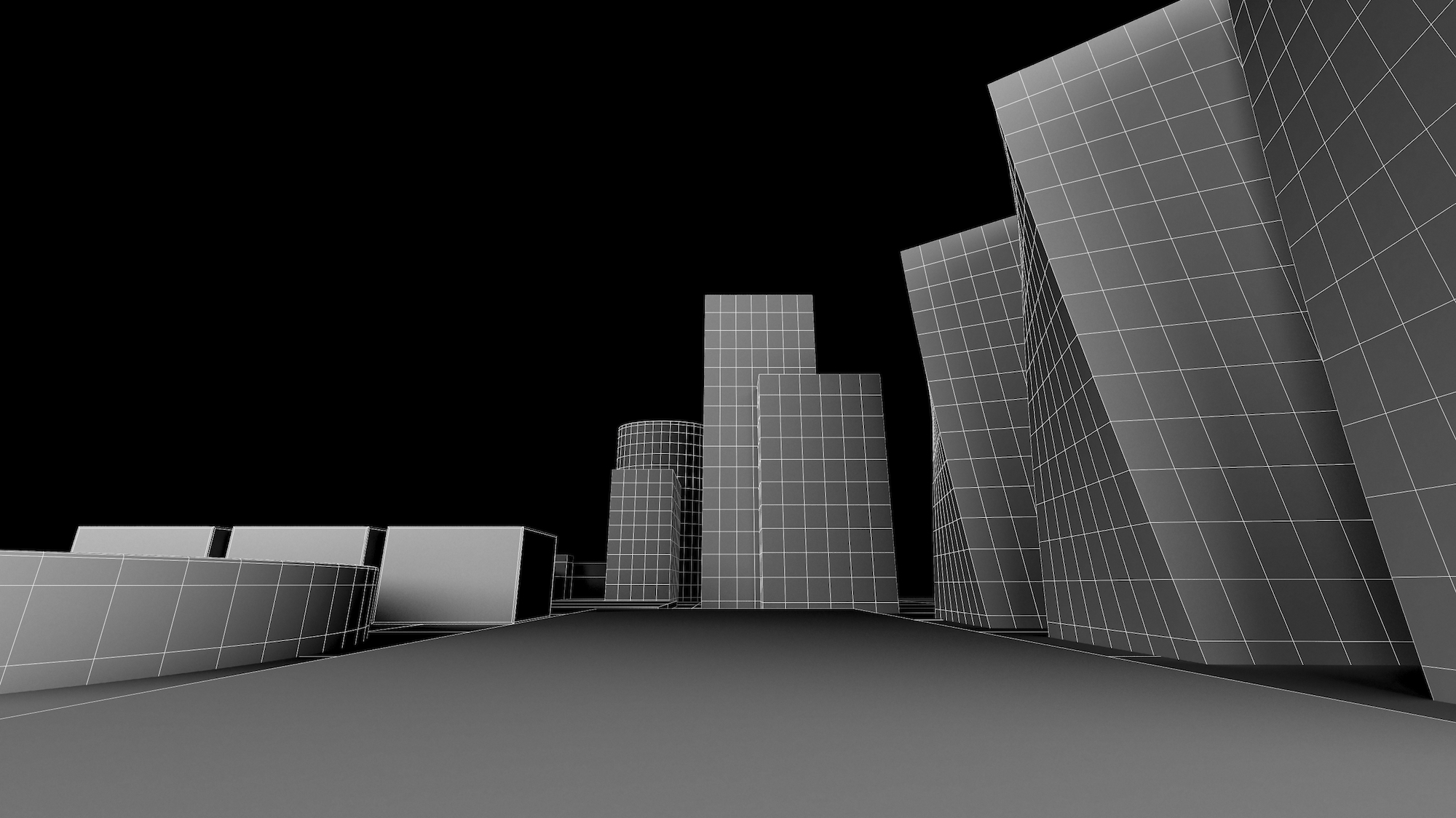
We live in a world where a website is a necessity for a company, especially one that wants to ship products directly to customers. Our industry has matured to a point now where the processes and practices should really be relatively standardised and normalised.
A colleague showed me this fascinating article about Marks & Spencer's new website.
The thing here is that they've managed to spend a purported £150 million on their new website, but it's performing less well than the old one. For a company that sells on a website, this is fairly easy to measure. They're selling less. A lot less.
Looking at the differences between the old site and the new site, it seems fairly obvious how they've managed this; a mix of fewer options and less intuitive navigation. What's really odd though is that you'd imagine a £150m website would have a fairly large budget for all the required stages of "building", including those vital stages where information architecture and user experience are designed, developed and tested.
Something's changed over the years though, and it seems that where large-scale projects in other, more mature industries are generally now lower risk, with the infrastructure to ensure a successful outcome, in web development the reverse often seems to be true.
I'm going to compare web development with the traditional profession of architecture.
Constructing a property starts with a need and a set of requirements. It might also start with a piece of land and a budget: the scope. It will also have to conform to planning and environmental legislation and, during its construction, to health and safety requirements. On a reasonably sized project, there are stages at which an architect can draw what he or she wants. It will start with a rough idea that fits in the land, and which meets the general requirements.
Here's the thing though: in the real world, a project often really starts with a beautiful concept, which can excite people and bring in the capital to fund the project.
The architect's job is a difficult one. They must therefore take the original eye-popping concept and get as close to it as they can without losing the vision, but whilst realising the functional and technical requirements of the property, including its utility, accessibility and security. All the time it's necessary to ensure that the main requirements are met, or you're going to have a white elephant that doesn't meet the gap in the market the building was first envisioned to fill.
Web development usually starts with a basic requirement and a great design. Very often it seems, large companies blow a massive part of the budget at this stage. At this point it often gets handed for the first time to the technical architects who must take the concept and make sure that real world data will work with it, and that the many different types of user will all find what they're after as quickly as possible. In the case of eCommerce, it's important to get people through the funnel by the shortest, most profitable route possible.
Microsoft's (now ancient) Rapid Software Development tome, written during the creation of Office 6, proposes that approximately 5% of all work is related to the parts of software that can be seen by a user and that 95% of the work is done making those visuals come to life. This remains largely true in a complex web development project. If only stakeholders understood this!
Where our non-standardised industry often seems to fail is that to a corporate stakeholder, anyone with a technological age of 13 upwards will sound like an expert. In fact, in some industries, there seems to exist an assumption that software developers need to be young to be good. Since we're in an industry where there is no regulation and no industry-wide qualifications, it's hard to know who to trust.
In a past life, I've been involved in projects where the Marks & Spencers scenario happened. A massive budget blown on a set of beautiful looking A3 website mock-ups and no website because nobody actually knows what to do next.
Here's where our industry divides. I tend to think of the split being a holistic web development approach versus pure web design. It amazes me how many companies waste a fortune on a beautiful design, that hasn't been properly tested for use-cases and has been built on unsuitable technology, resulting in a slow site that a user has to learn to use.
As unlikely as it seems, I struggle to imagine another reason why M&S would have made such a costly blunder. They must have spent too much of the budget on designers, and not enough on the foundations, structure, usability, security and accessibility.
Now they need a Webreality to do it properly for them!